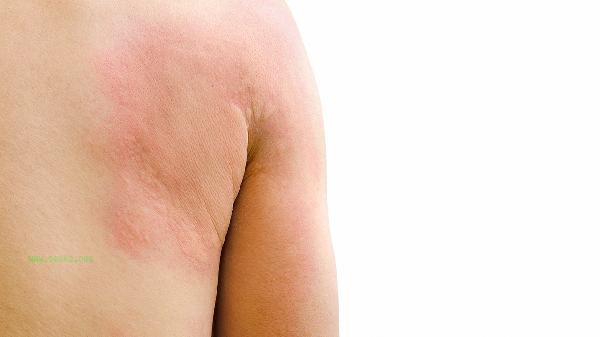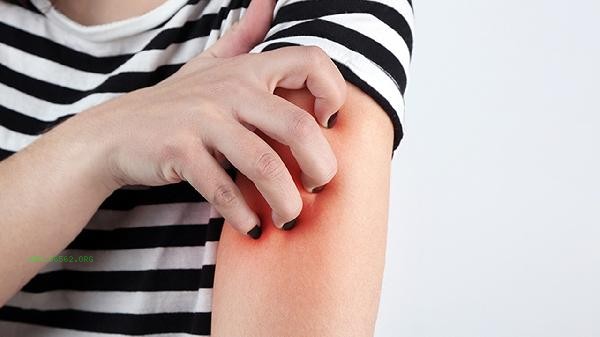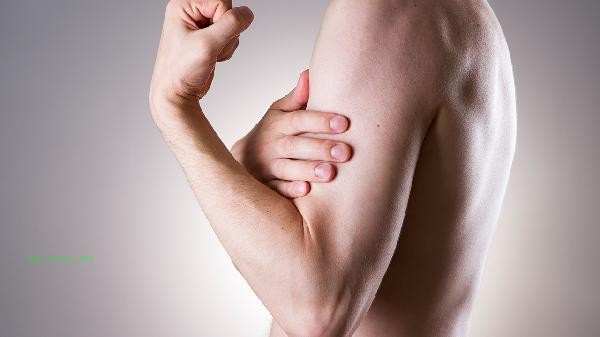The thickness of the upper arm may be related to factors such as fat accumulation, muscle development, and edema, which can be improved through targeted exercise, dietary adjustments, local massage, and other methods. The accumulation of fat in the upper arm is related to excess heat, and if the muscle type is thick, the training method needs to be adjusted. Pathological edema requires medical examination.

1. Fat Accumulation
Long term calorie intake exceeding expenditure can lead to fat accumulation in the arms, especially in women with decreased estrogen levels after menopause, which can easily cause upper limb fat accumulation. It is recommended to reduce the intake of refined carbohydrates and high-fat foods, increase the proportion of whole grains and high-quality protein, and combine aerobic exercise such as swimming and skipping rope to reduce body fat. Local shaping can incorporate dumbbell side lifts, neck and back arm flexion and extension movements, and be trained at least 3 times a week.
2. Muscular development
Frequent weight-bearing training or physical labor may lead to excessive development of the biceps and triceps muscles. The training plan needs to be adjusted to reduce equipment weight and increase light load training by more than 15 times per group to avoid explosive force. After exercise, fully stretch and relax the muscles, cooperate with foam axis massage to relieve muscle fiber tension, and the muscle dimension will gradually shrink.
3. Lymphatic Edema
Lymph node dissection or venous reflux disorders after breast surgery may cause upper limb edema. Symptoms include slow recovery of depression after pressing, mild symptoms in the morning and severe symptoms in the evening. It is necessary to seek medical attention to investigate the causes of kidney disease, heart failure, and other diseases. Wear pressure sleeves for daily use to avoid lifting heavy objects on the affected side, elevate the arms during sleep to promote reflux, and improve symptoms with centripetal massage.

4. Hormonal imbalance
Endocrine disorders such as hypothyroidism and Cushing's syndrome can lead to abnormal distribution of fat in the limbs. Thyroid hormone and cortisol levels should be checked when accompanied by symptoms such as fatigue and weight gain. After diagnosis, it is necessary to follow the doctor's advice to supplement thyroid hormone or adjust the dosage of glucocorticoids, while controlling the daily sodium intake within 3 grams.
5. Lack of exercise
Long term sitting causes atrophy of arm muscles and an increase in the proportion of adipose tissue, resulting in a soft appearance. It is recommended to perform resistance training such as arm wraps and wall push ups for at least 20 minutes every day to activate the deltoid and triceps muscles. During work breaks, you can do hand to hand side lifts and use mineral water bottles instead of dumbbells for home training. Improving upper arm thickness requires comprehensive intervention for at least 3 months. Daily calorie intake should be controlled at 300-500 calories, with priority given to low-fat and high fiber foods such as chicken breast and broccoli. Exercise recommendations include aerobic exercise 4 times a week and arm shaping 2 times a week to avoid excessive dieting and skin sagging. If there is sudden thickening or pain on one side, it is necessary to promptly screen for emergencies such as venous thrombosis. Alternating hot and cold compresses on the arms before bedtime can promote metabolism, and maintaining good posture for a long time can effectively prevent fat accumulation.







Comments (0)
Leave a Comment
No comments yet
Be the first to share your thoughts!